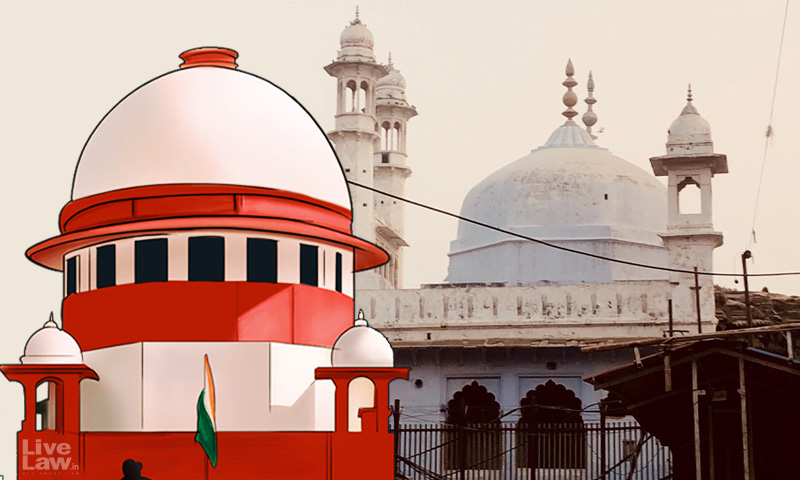 |
|
The Gyanvapi Mosque Managing Committee has filed an intervention application with the Supreme Court, vehemently opposing the challenges to the validity of the Places of Worship (Special Provisions) Act, 1991. The committee argues that striking down this Act would have severely detrimental and far-reaching consequences, potentially destabilizing religious harmony and igniting widespread conflict across India. Their intervention focuses on the critical need to uphold the Act's protective provisions that maintain the status quo of religious places as they existed on August 15th, 1947. This intervention comes in response to several petitions, primarily the lead petition, Ashwini Kumar Upadhyay v. Union of India, which has been ongoing since 2020 and seeks to declare the 1991 Act unconstitutional.
The crux of the committee's argument hinges on the protection afforded to places of worship under Sections 3 and 4 of the 1991 Act. Section 3 explicitly prohibits the conversion of any place of worship from one religious denomination to another. Section 4 mandates that the religious character of a place of worship as it stood on August 15th, 1947, must remain unchanged. The committee highlights that at least 20 civil suits are currently filed in Varanasi alone, directly challenging the protection granted to the Gyanvapi Mosque under the 1991 Act. These suits aim to remove the mosque, directly contravening the legislation's clear provisions. Furthermore, the committee emphasizes that similar litigations are targeting numerous other mosques and dargahs across India, often based on a misinterpretation or disregard of the Act's intent and provisions.
The Gyanvapi Mosque committee expresses deep concern about the misinterpretations and strategic misapplications of the 1991 Act. They argue that petitions seeking surveys or ASI inspections of mosques are often granted ex-parte, without the mosque committees' opportunity to present their case. This creates a dangerous precedent, accelerating communal tensions and leading to potentially violent incidents, as exemplified by the recent events at the Sambhal Jama Masjid following a court-ordered survey. The committee's application makes explicit reference to the Supreme Court’s judgment in the Ram Janmabhoomi Temple case, invoking the principle of non-retrogression. They contend that the 1991 Act embodies India's constitutional commitment to secularism, and that repealing it would represent a significant step backward, violating this fundamental principle.
The committee forcefully argues that the potential consequences of invalidating the 1991 Act are far-reaching and extremely dangerous. The declaration sought by the petitioner would open the floodgates to similar disputes across India, undermining the rule of law and potentially leading to widespread communal violence. The committee emphasizes that such litigations, fuelled by misinterpretations of the law and expeditious granting of ex-parte orders, are creating an environment ripe for conflict and instability. The committee's intervention isn't simply a defense of the Gyanvapi Mosque; it's a plea to preserve the delicate balance of religious harmony and the rule of law in India, underlining the importance of upholding the 1991 Act as a crucial legislative instrument safeguarding secular values. The committee cites the Sambhal incident as a stark warning of the potential chaos unleashed by disregarding the Act’s protective measures.
The case highlights a critical juncture in India's legal and social landscape. The Supreme Court's decision on the validity of the Places of Worship Act will have profound implications, impacting not only the Gyanvapi Mosque but countless other religious sites across the country. The intervention by the Gyanvapi Mosque committee underscores the deep-seated concerns about the potential for increased communal tension and violence if the existing legal framework protecting the status quo of places of worship is overturned. The ongoing legal battle underscores the complex interplay between religious freedom, historical claims, and the delicate balance required to maintain social cohesion in a diverse and pluralistic society. The outcome of this case will undoubtedly shape the future of religious harmony and the enforcement of secular principles in India. The case brings to light the urgent need for a nuanced approach to resolving disputes involving religious structures, one that prioritizes peaceful resolution, adherence to due process, and respect for the existing legal framework designed to safeguard communal harmony.
